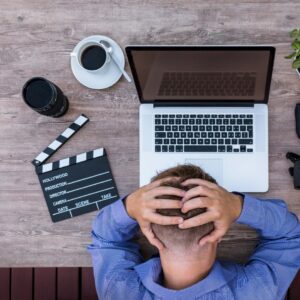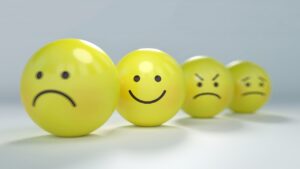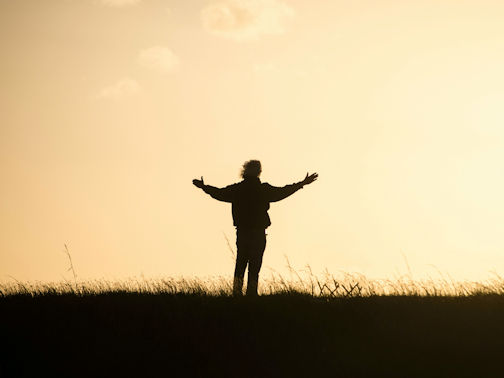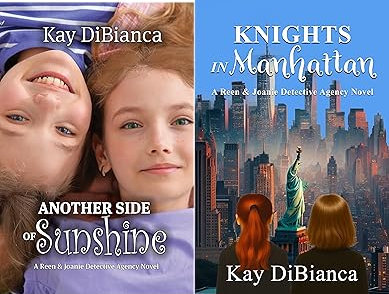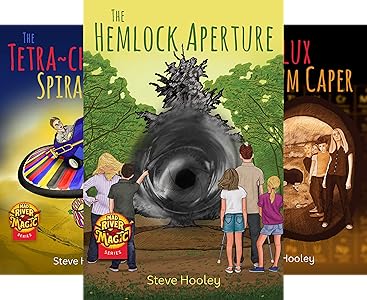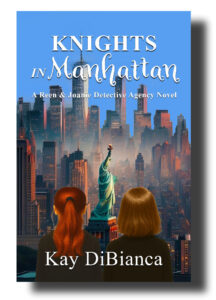by Debbie Burke
The New Year is a time when many writers ponder what we want to accomplish.
I thought it might be fun to see what well-known authors, past and present, think about the New Year. Here’s a collection of advice, musings, and cautions:
1. “Cheer up! Don’t give way. A new heart for a New Year, always!” – Charles Dickens (1812-1870), English novelist
2. “We went nowhere without figs and never without notebooks; these serve as a relish if I have bread, and if not, for bread itself. They turn every day into a New Year which I make ‘happy and blessed’ with good thoughts and the generosity of my spirit.” – Seneca, who lived at the cusp of BC and AD.

Frances Burney
3. “I opened the new year with what composure I could acquire…and I made anew the best resolutions I was equal to forming, that I would do what I could to curb all spirit of repining, and to content myself calmly—unresistingly, at least, with my destiny.” – Frances Burney AKA Fanny Burney (1752-1840), English novelist and playwright
4. “‘A merry Christmas, and a glad new year,’
Strangers and friends from friends and strangers hear,
The well-known phrase awakes to thoughts of glee;
But, ah! it wakes far different thoughts in me.
[…] I, on the horizon traced by memory’s powers,
Saw the long record of my wasted hours.” – Amelia Alderson Opie (1769-1853), English novelist and abolitionist
5. “Ring out the old, ring in the new,
Ring, happy bells, across the snow:
The year is going, let him go;
Ring out the false, ring in the true.” – Alfred Tennyson (1809-1892), English poet
6. “New Year’s Day: now is the accepted time to make your regular annual good resolutions. Next week you can begin paving hell with them as usual . . . New Year’s is a harmless annual institution, of no particular use to anybody save as a scapegoat for promiscuous drunks, and friendly calls, and humbug resolutions. Yesterday, everybody smoked his last cigar, took his last drink and swore his last oath. Today, we are a pious and exemplary community. Thirty days from now, we shall have cast our reformation to the winds and gone to cutting our ancient shortcomings considerably shorter than ever.”– Mark Twain (1835-1910), American author and humorist
7. “For last year’s words belong to last year’s language. And next year’s words await another voice. And to make an end is to make a beginning.” – T.S. Eliot (1888-1965), American poet
8. “Drop the last year into the silent limbo of the past. Let it go, for it was imperfect, and thank God that it can go.” – Brooks Atkinson (1894-1984), American theatre critic
9. “Youth is when you’re allowed to stay up late on New Year’s Eve. Middle age is when you’re forced to.” – Bill Vaughan (1915-1977), American author and columnist
10. “I made no resolutions for the New Year. The habit of making plans, of criticizing, sanctioning and molding my life, is too much of a daily event for me.” – Anaïs Nin (1903-1977), French-American author
11. “The object of a New Year is not that we should have a new year. It is that we should have a new soul and a new nose; new feet, a new backbone, new ears, and new eyes. Unless a particular man made New Year resolutions, he would make no resolutions. Unless a man starts afresh about things, he will certainly do nothing effective.” – G.K. Chesterton (1874-1936), English author

Benjamin Franklin
Photo credit: Wellcome CC BY-SA 4.0
12. “Be always at war with your vices, at peace with your neighbors, and let each new year find you a better man.” – Benjamin Franklin (1706-1790), American author and a founding father of the U.S.
13. “I have always loved New Year’s Eve and New Year’s Day. Even though our sense of time is arbitrary and human, it still means something. I love the feeling I always get on New Year’s Eve that I am lucky — that the universe has been generous to me, to have let me stick around for another year, and to now erase the slate and give me another chance. Tomorrow I will be gifted with a brand new year — with no mistakes in it yet, and no heartbreaks yet, and no failures yet. I get to try again. Amazing. You will be gifted with this huge blessing, too. A clean and empty book awaits us all. Maybe we will be able to write things differently this time. Maybe a bit better. Maybe we will be wiser this time. At least we get to try. We have all been given a fresh chance. Let’s close the old book, and open a new one.” – Elizabeth Gilbert (1969-), American author

Woody Guthrie Statue
Photo credit: Cosmos Mariner, CC SA-BY 4.0
14. Woody Guthrie (1912-1967), American songwriter, offers his list of resolutions:
- Work more and better
- Work by a schedule
- Wash teeth if any
- Shave
- Take bath
- Eat good—fruit—vegetables—milk
- Drink very scant if any
- Write a song a day
- Wear clean clothes—look good
- Shine shoes
- Change socks
- Change bed cloths often
- Read lots good books
- Listen to radio a lot
- Learn people better
- Keep rancho clean
- Dont get lonesome
- Stay glad
- Keep hoping machine running
- Dream good
- Bank all extra money
- Save dough
- Have company but dont waste time
- Send Mary and kids money
- Play and sing good
- Dance better
- Help win war—beat fascism
- Love mama
- Love papa
- Love Pete
- Love everybody
- Make up your mind
- Wake up and fight
15. And last from Susan Sontag (1933-2004), American author:
“I want to make a New Year’s prayer, not a resolution. I’m praying for courage.”
~~~
TKZers: Which of these quotes resonated with you? Why?
Do you disagree with any of them? Why?
Did you make writing resolutions or set goals? Want to share them?
~~~
 Is 2026 the year you want to learn to write fascinating villains and antagonists? Please check out Debbie Burke’s bestselling craft guide, The Villain’s Journey-How to Create Villains Readers Love to Hate.
Is 2026 the year you want to learn to write fascinating villains and antagonists? Please check out Debbie Burke’s bestselling craft guide, The Villain’s Journey-How to Create Villains Readers Love to Hate.
Amazon
Barnes & Noble
Apple
Kobo
Interested in taking a villain workshop from Debbie? Please visit debbieburkewriter.com to learn about upcoming zoom and in person classes.











 Is 2026 the year you want to learn to write fascinating villains and antagonists? Please check out Debbie Burke’s bestselling craft guide, The Villain’s Journey-How to Create Villains Readers Love to Hate.
Is 2026 the year you want to learn to write fascinating villains and antagonists? Please check out Debbie Burke’s bestselling craft guide, The Villain’s Journey-How to Create Villains Readers Love to Hate.